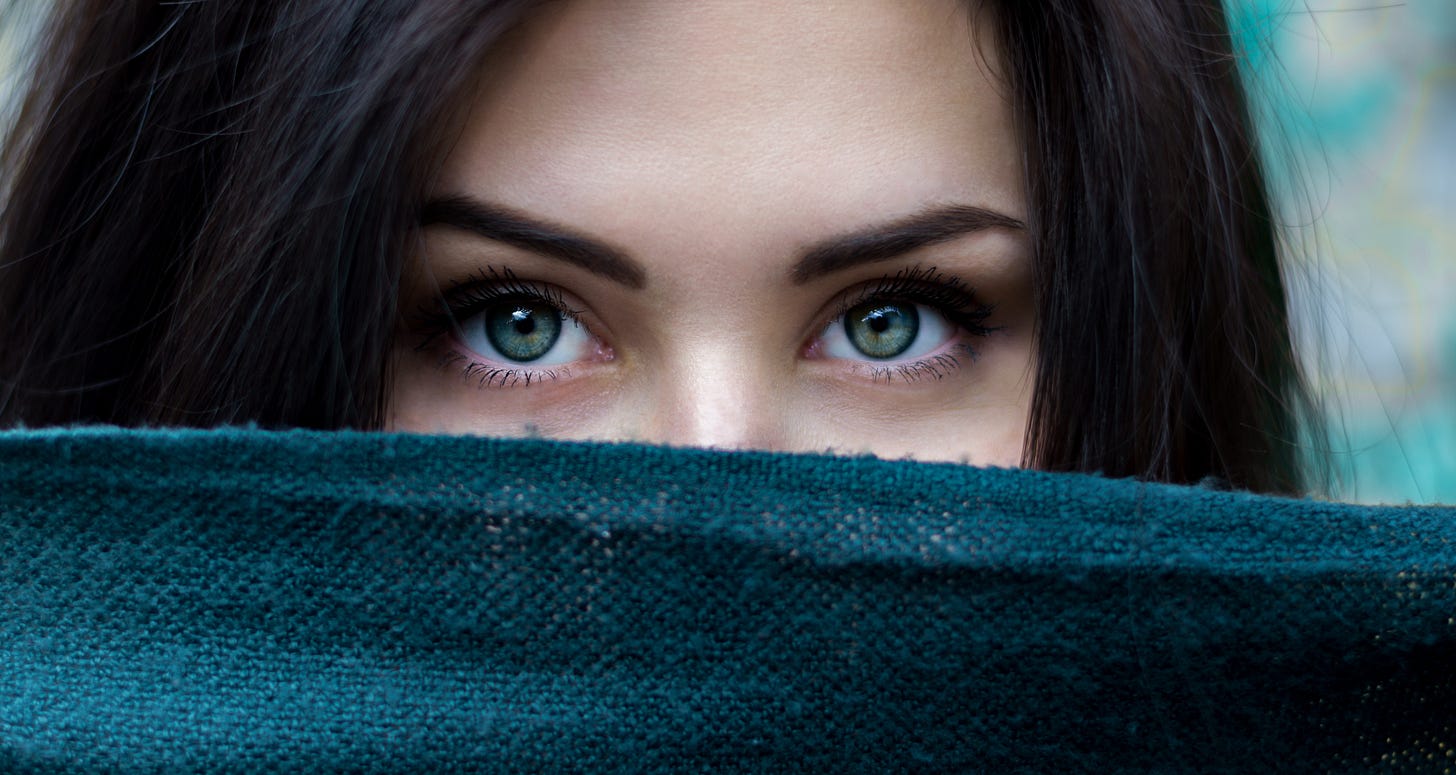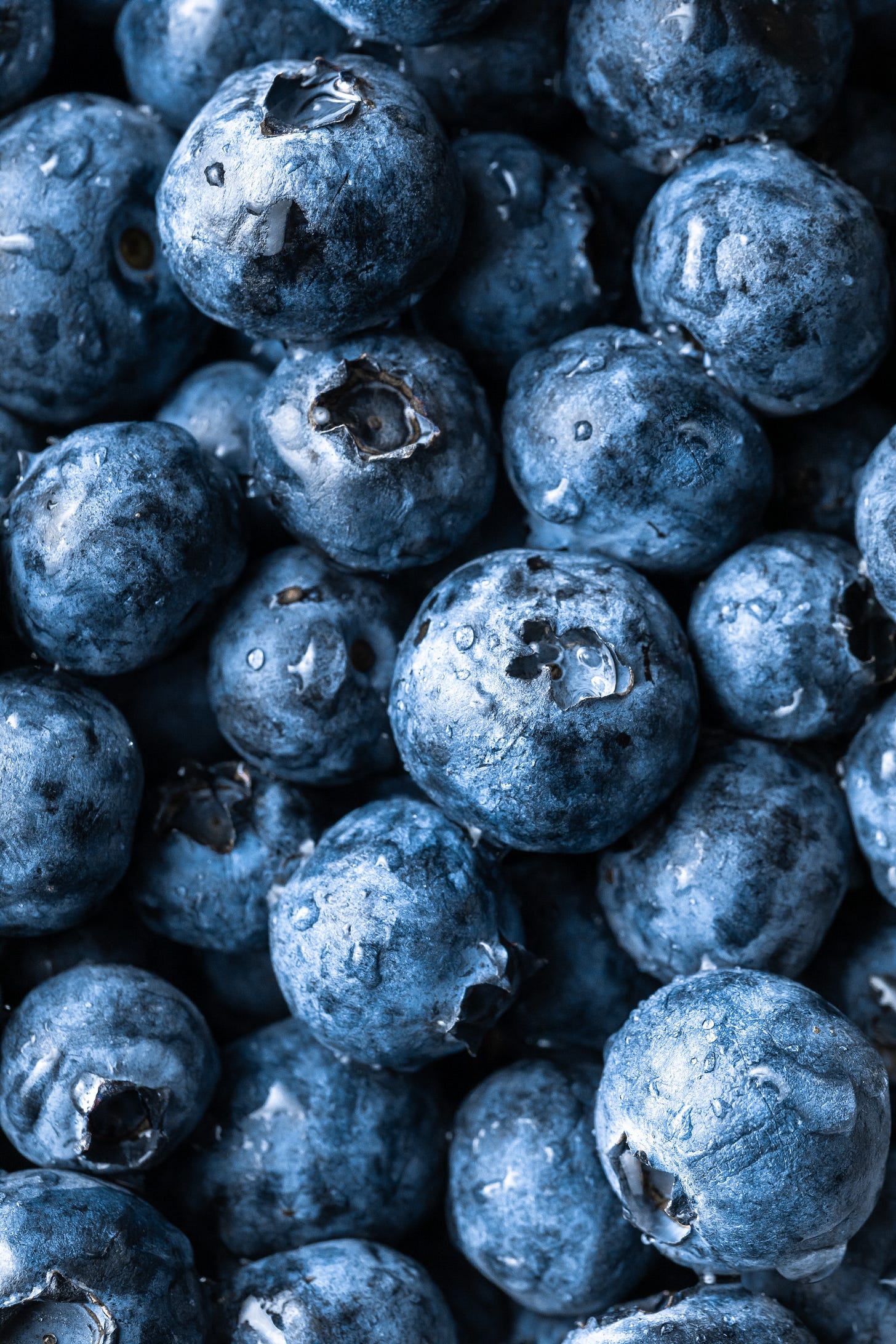Welcome to Thursday Things! If you enjoy this edition, please click the heart icon in the header or at the end of the post to let me know.
Look into my eyes. Do you see the sky? Photo by Alexandru Zdrobău on Unsplash
AI is watching you
Artificial intelligence (AI) applications are all the rage these days, from large language models like ChatGPT and Bard, to AI tools that can generate images, videos, animations, entire presentations, and more from simple word prompts. But AI can do much, much more — including keeping an eye on you … even through walls!
In a study released by scientists at Carnegie Mellon University (CMU), they described DensePose from WiFi, an artificial intelligence (AI) model that can identify the pose of numerous people in space using just WiFi transmitter signals. At the 50% IOU threshold, the algorithm achieves an average precision of 87.2 in studies using real-world data.
In English, that means the boffins at CMU have developed real time 3-D pose estimation in which an AI can interpret the data of Wi-Fi signals bouncing around a room to map the location and posture of human beings in the room in real time. This, in effect, turns every Wi-Fi router into a people detector — not by tracking your phone or other device connected to the network, but by tracking you.
Here are the technical details: DensePose from WiFi
Skynet will find this useful in the future.
But wait! There’s more!
Hacking your eyes
It's fun to zoom in on reflections in photos and see what they reveal.
AI can do so infinitely better.
AI can now transform your eye reflections into intricate 3D renderings
"The reflective nature of the human eye is an underappreciated source of information about what the world around us looks like. By imaging the eyes of a moving person, we can collect multiple views of a scene outside the camera's direct line of sight through the reflections in the eyes. In this paper, we reconstruct a 3D scene beyond the camera's line of sight using portrait images containing eye reflections."
If that’s not clear, they’re going beyond looking the tiny reflections in a subject’s eye in a still image to using AI to track the reflections in a moving person’s eye in a video and then constructing a 3D model of what they see.
The team of researchers started by taking multiple images using a high-resolution camera focused on an individual in motion. By examining the reflection in the person's eye, they could observe a mirror image of the field of view, which allowed them to identify objects in the surrounding area.
They tested this with music videos:
For a third test, the team applied their method to eye reflection images from two music videos by Miley Cyrus and Lady Gaga to reconstruct what they were observing during filming.
The NeRF's rendering showed an LED light in Miley Cyrus's eye, which aligned with the video's concept of shedding a tear and being illuminated by a bright light. On the other hand, Lady Gaga's eye showed an unclear image. The team interpreted it as a camera on a tripod.
Well, that’s not too exciting. But, not to worry, the technique will gather far more information from your photos and videos:
In the music videos, the musician was likely the main focus with well-lit surroundings. The lighting settings in everyday events, such as Zoom conversations or selfies, may be better suited for acquiring information about the surroundings.
Might be time to start thinking about your total surroundings in any videos you post online. AI certainly is…
Science details (and video of the technique in action!) here: Seeing the World through Your Eyes “The reflective nature of the human eye is an underappreciated source of information about what the world around us looks like. By imaging the eyes of a moving person, we can collect multiple views of a scene outside the camera's direct line of sight through the reflections in the eyes.”
Strike a pose. Photo by Raamin ka on Unsplash
Washing blueberries
As we’ve discussed before, blueberries are the best berries. But before you snack on those blueberries fresh from the store, farmer’s market, or roadside stand, you’ll want to wash them to remove any icky dirt, pesticides, or actual pests. Then you’ll want to store them so that they stay fresh and non-squishy for as long as possible. What is the best method? I eat blueberries almost every day, so this is an important question I have both pondered and researched.
A site called The Kitchn1 went looking for the answer!
The Best Way to Store Blueberries
That’s why I was eager to test seven methods of storing blueberries to see which way kept them freshest the longest. I searched the internet for all the advice I could find and chose seven popular methods that sounded smart.
Sounds scientific!
The article describes in detail how the author tested seven different methods and the results obtained. Since she gives the tldr results up top I have no compunction about sharing it here:
There are several methods that do a decent job of keeping blueberries fresh, but one method stood out as the clear winner. The best way to store blueberries is by rinsing the berries, drying them completely, and then storing them in single layers in an airtight container with a paper towel between each layer. In our testing, this method kept the most berries in prime condition for the longest amount of time.
This is close to what I’ve been doing all along. I soak the berries in a water-white vinegar solution for about five minutes, rinse them off, then blot them mostly dry with a paper towel before storing in the refrigerator in a big bowl. My blueberries usually stay fresh long enough for me to eat them all. Which in practice means “for only a few days until they’re all gone” because I keep snacking on them.
What I don’t do is get the berries completely dry before storing them. Drying blueberries is a pain! Those things somehow hold on to a lot of water. I go through several paper towels trying to sop up all the water from newly rinsed blueberries. To me it is more effort than it’s worth. But if you need the blueberries to last longer, removing as much moisture as possible seems to be the key.
Anyway, after reading this article, I’m switching to keeping blueberries in an airtight container instead of an open bowl. How do you store blueberries? (or other, lesser, berries?)
Way too much work to dry these things off! Photo by Melissa Belanger on Unsplash
Thank you for reading!
Please click the hearts, leave a comment, and use the share feature to send this issue to a friend who might enjoy it. See you next Thursday!
No, that’s not a typo. K-i-t-c-h-n is what they went with. So, yes, read them for kitchen tips, but not for spelling advice.





